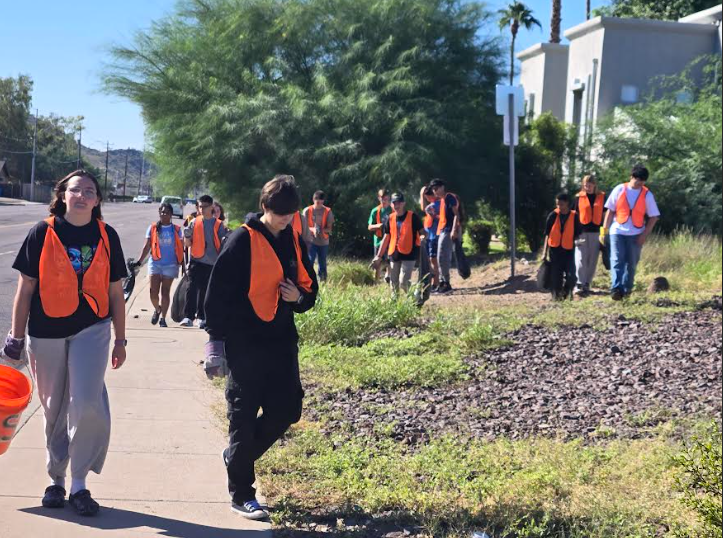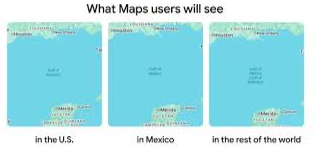President Donald Trump recently took office, and in his first week, he issued a dozen orders to have his deportation process started as promised.
When the deportation process started, it became popular all over social media by content creators using their platforms to help undocumented immigrants on what to do and what to expect when ICE shows up. Many people began posting, and parents being deported, showing how hard they’ve worked and how much they contributed to the US. According to the Institute on Taxation and Economic Policy, undocumented immigrants paid 96.7 million dollars in taxes in 2022 alone, more than a third of which went towards funding programs that immigrants are banned from using. This is due to the policy 8 U.S.C. 1621, which does not allow noncitizens to use many public benefits, including Medicaid, CHIP, Medicare, SNAP (Supplemental Nutrition Assistance Program), SSI (Supplemental Security Income), and TANF (Temporary Assistance for Needy Families).
When creators were helping immigrants deal with deportation, they also helped by showing how a noncitizen can become a citizen. Lots of creators pointed out that the INA (Immigration and Nationality Act) is a process that allows a noncitizen to become a citizen but there are requirements to become one. One must be 18 years of age, must have been a permanent resident for a specific amount of time, have not been out of the U.S. for 30 months or more in the last five years, and have not taken a trip outside the U.S. that lasted more than a year in the last five years. Someone must have resided in the district or state in which they are applying in the last three months, and can read, write, and speak basic English. One also should know the fundamentals of U.S. history and form of principles of U.S. government, should act with integrity and fairness, must have never left a military duty station without permission has never received an exemption or distraged from U.S. armed forces on U.S. grounds, is willing to perform in military or civilian services, should support Constitution of the United States, and willing to take an oath of allegiance to the United States.
ICE’s decision to deport more people risks the future of many kids and families. According to Boundless,” An estimated 4.4 million U.S. citizen children live with at least one undocumented parent.” This means that when separation comes into play, it might be hard for the child to adjust or be very devastating for them. When a parent is deported or detained, their children will face a lack of resources and will be immediately placed into foster care if neither friend nor family steps in to help. In some cases, Welfare agencies may step in to help. Although sometimes the kid may be taken back with their parents to their homeland, even if the kid is a U.S. citizen. Although if a child wants to return, they might face challenges doing so to the lack of proper documentation or even just being able to reclaim their residency in the U.S. may be complicated. With there being no policies against these, many do want to see some policy changes, such as allowing parents to designate a legal guardian before deportation, which allows the parent to choose a trusted adult to take over custody of their child. Second, ensuring detained parents can participate in custody hearings, which allows the parents to be present during any hearing in which the custody of their child is involved. Lastly, expanding legal pathways for family reunification which allows families to reunite with their child across borders safely and legally.










































